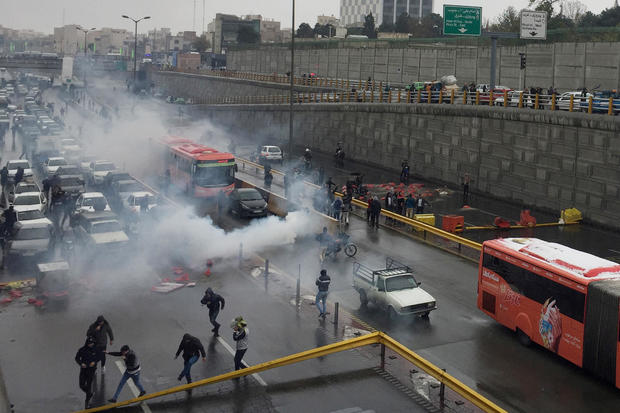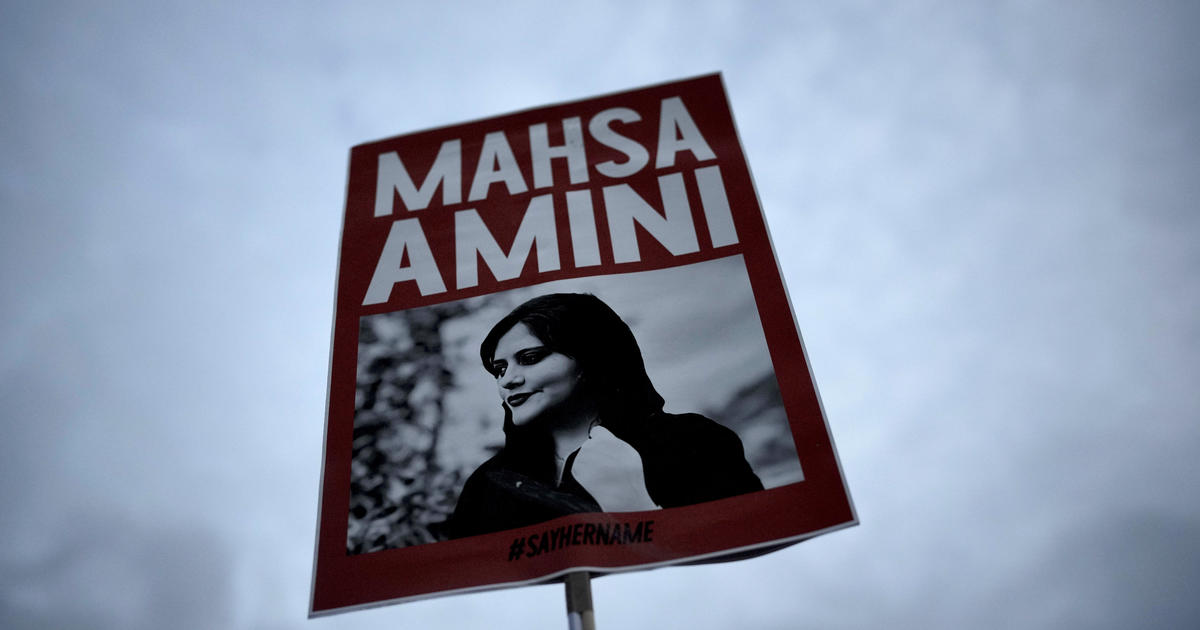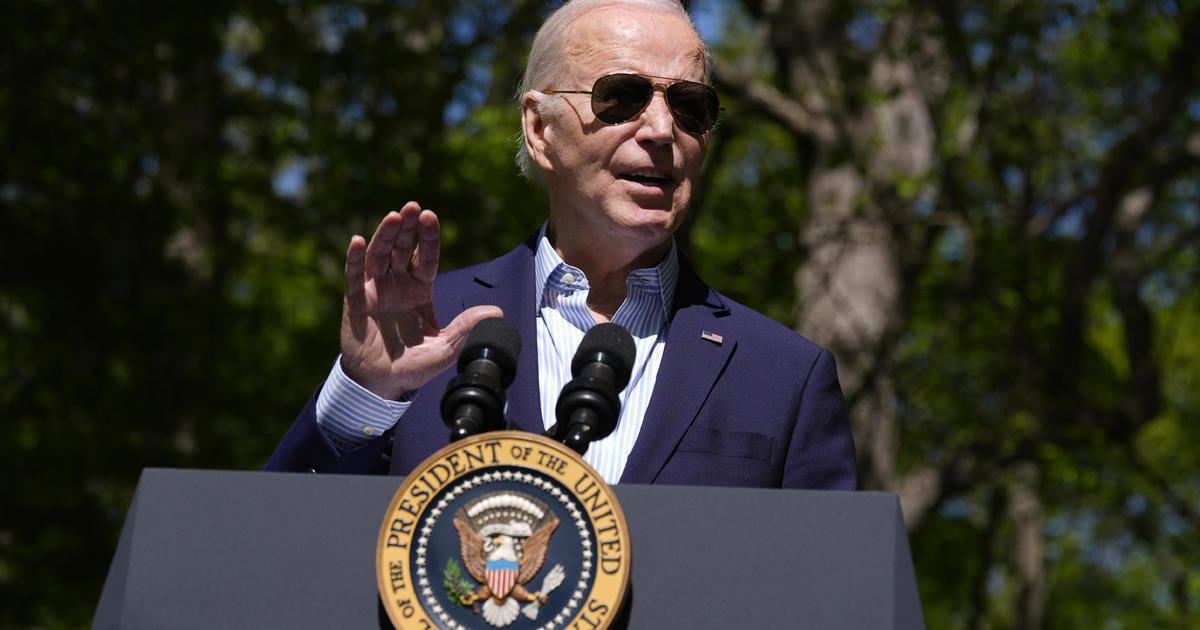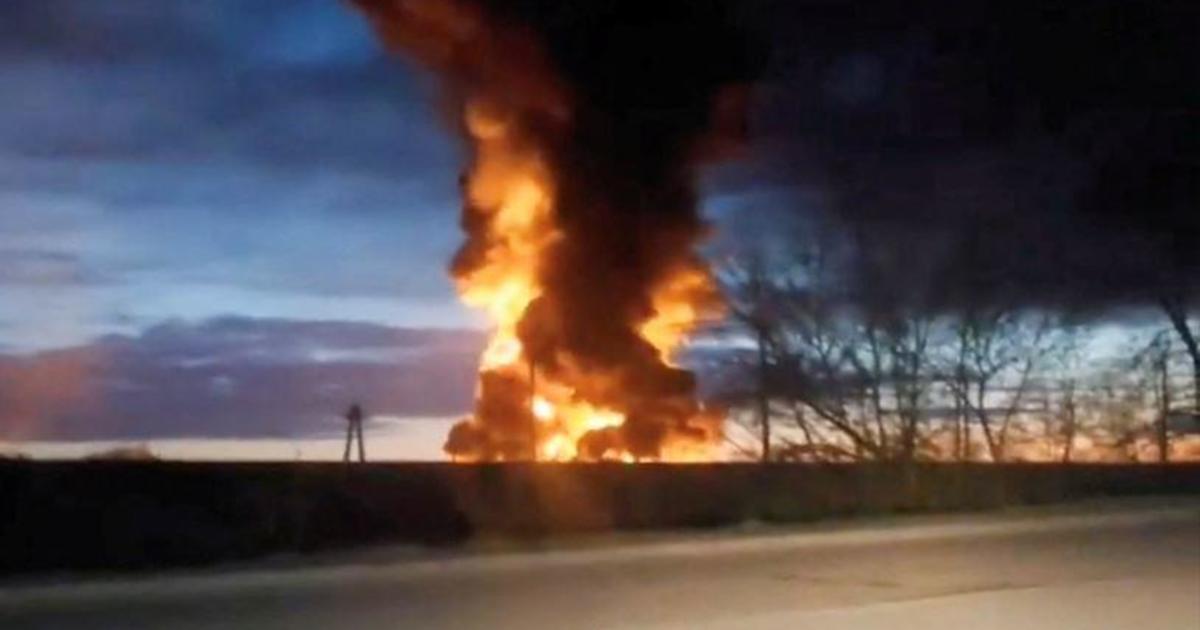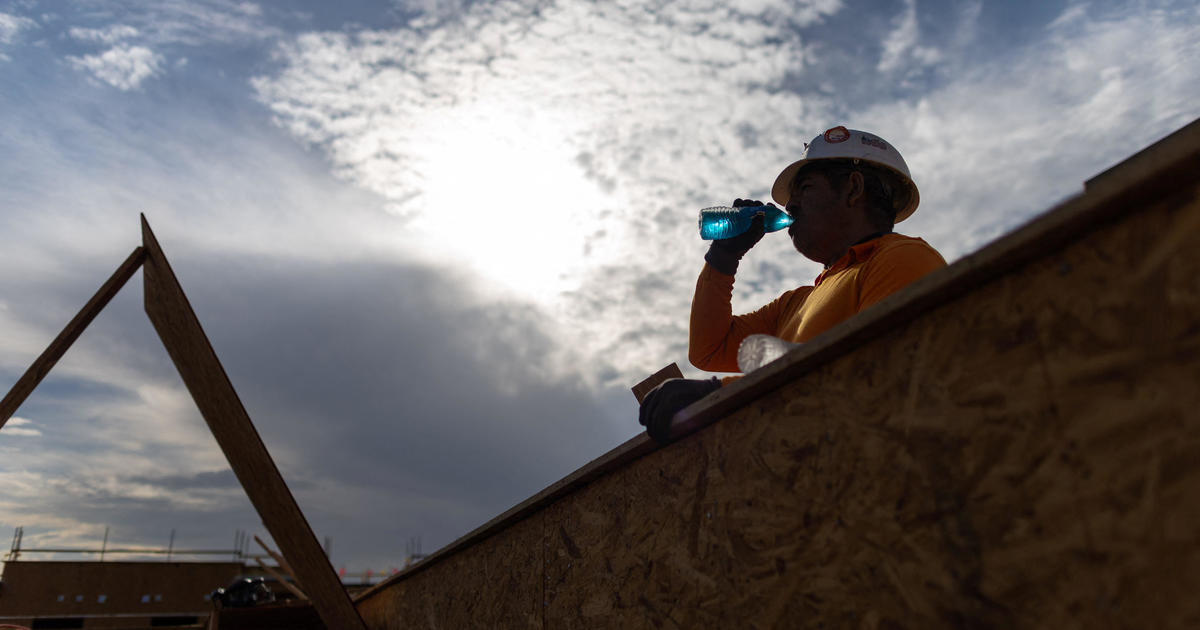Protests in Iran have left more than 100 dead, Amnesty International says
Dubai, United Arab Emirates — Days of protests over rising fuel prices and a subsequent government crackdown have killed at least 106 people across Iran, Amnesty International said Tuesday, adding that the real figure may be much higher. Iran's government has not released a toll of those arrested, injured or killed in the protests that began Friday and spread quickly across at least 100 cities and towns, but it disputed Amnesty's report through its mission to the United Nations, calling it "baseless allegations and fabricated figures."
However, a U.N. agency earlier said it feared the unrest may have killed "a significant number of people." Amnesty cited "credible reports" for its tally and said it "believes that the real death toll may be much higher, with some reports suggesting as many as 200 have been killed."
Iranian authorities shut down internet access to the outside world Saturday, an outage that has left only state media and government officials to say what is happening in the nation of 80 million.
State television showed video Tuesday of burned Qurans at a mosque in the suburbs of the capital, Tehran, as well as pro-government rallies, part of its efforts to both demonize and minimize the protests.
Absent in the coverage was an acknowledgement of what sparked the demonstrations. The jump in gasoline prices represents yet another burden on Iranians who have suffered through a painful currency collapse, following President Donald Trump's unilateral withdrawal of the United States from Iran's 2015 nuclear deal with world powers, and the reimposition of crippling U.S. economic sanctions.
Relatively moderate President Hassan Rouhani has promised the fuel price increase will fund new subsidies for poor families. But the decision has unleashed the anger of many Iranians, including Maryam Kazemi, a 29-year-old accountant in the southern Tehran suburb of Khaniabad who said the new cost of fuel was "putting pressure on ordinary people."
"It was a bad decision at a bad time. The economic situation has long been difficult for people, and Rouhani unexpectedly implemented the decision on fuel," she said.
Amnesty said it gathered its figures from interviewing journalists and human rights activists, then crosschecked the information. In its breakdown, it showed the hardest-hit areas as the western Kermanshah province and its oil-rich southwestern province of Khuzestan. Many online videos released before the internet outage had shown unrest there.
"Video footage shows security forces using firearms, water cannons and tear gas to disperse protests and beating demonstrators with batons," Amnesty said. "Images of bullet casings left on the ground afterwards, as well as the resulting high death toll, indicate that they used live ammunition."
At least one video posted to YouTube on Monday showed what the user claimed were Iranian "basij" paramilitary forces firing live ammunition at protesters, but the date the video was shot could not be independently verified.
Amnesty, citing eyewitnesses corroborated by video, said snipers also shot into crowds of people from rooftops and, in one case, a helicopter.
So far, scattered reports in state-run and semiofficial media have reported only six deaths.
The office of the U.N. High Commissioner for Human Rights earlier issued a statement saying it was "deeply concerned" about reports of live ammunition being used against demonstrators. It also urged protesters to demonstrate peacefully.
"We are especially alarmed that the use of live ammunition has allegedly caused a significant number of deaths across the country," spokesman Rupert Colville said in a statement.
Colville added that it has been "extremely difficult" to verify the overall death toll.
Alireza Miryousefi, a spokesman for Iran's U.N. mission, told The Associated Press that "any casualty figures not confirmed by the government are speculative and not reliable, and in many cases part and parcel of a disinformation campaign waged against Iran from outside the country."
"The baseless allegations and fabricated figures by biased Western entities do not shake government's determination in making prudent economic decisions," he said.
Meanwhile, an article published Tuesday in the hard-line Kayhan newspaper suggested that executions loomed for those who led violent protests. Though the state-owned newspaper has a small circulation, its managing editor Hossein Shariatmadari was personally appointed by Iran's Supreme Leader Ayatollah Ali Khamenei.
"Some reports say that the judiciary considers execution by hanging for the riot leaders a definite punishment," Kahyan said, without elaborating.
It also repeated an allegation that protest leaders came from abroad. Khamenei on Sunday specifically named those aligned with the family of Iran's late shah, ousted 40 years ago, and an exile group called the Mujahedeen-e-Khalq. The MEK calls for the overthrow of Iran's government and has had the support of Mr. Trump's personal lawyer, Rudy Giuliani.
Police and security forces were on Tehran's streets on Tuesday in fewer numbers. Traffic also appeared to be flowing better, after part of the demonstrations saw people abandon their cars on major roadways.
With the internet outage and phone services spotty, it remained difficult to know the situation in some regions.
The protests were prompted by a plunging economy. Many Iranians have seen their savings evaporate amid scarce jobs and the collapse of the national currency, the rial, since President Trump withdrew Washington from the nuclear deal over a year ago and imposed sanctions. The rial now trades at over 123,000 to $1, compared to 32,000 to $1 at the time the deal took effect.
Cheap gasoline is practically considered a birthright in Iran, home to the world's fourth-largest crude oil reserves despite decades of economic woes since its 1979 Islamic Revolution. Gasoline remains among the cheapest in the world, with the new prices jumping 50% to a minimum of 15,000 rials per liter. That's 12 cents a liter, or about 50 cents a gallon.
The U.N. rights office addressed that background of economic anger across Iran in its statement.
"Protests of this nature and on this scale are an indication of deep-rooted and often well-founded grievances that cannot simply be brushed aside," Colville said.
